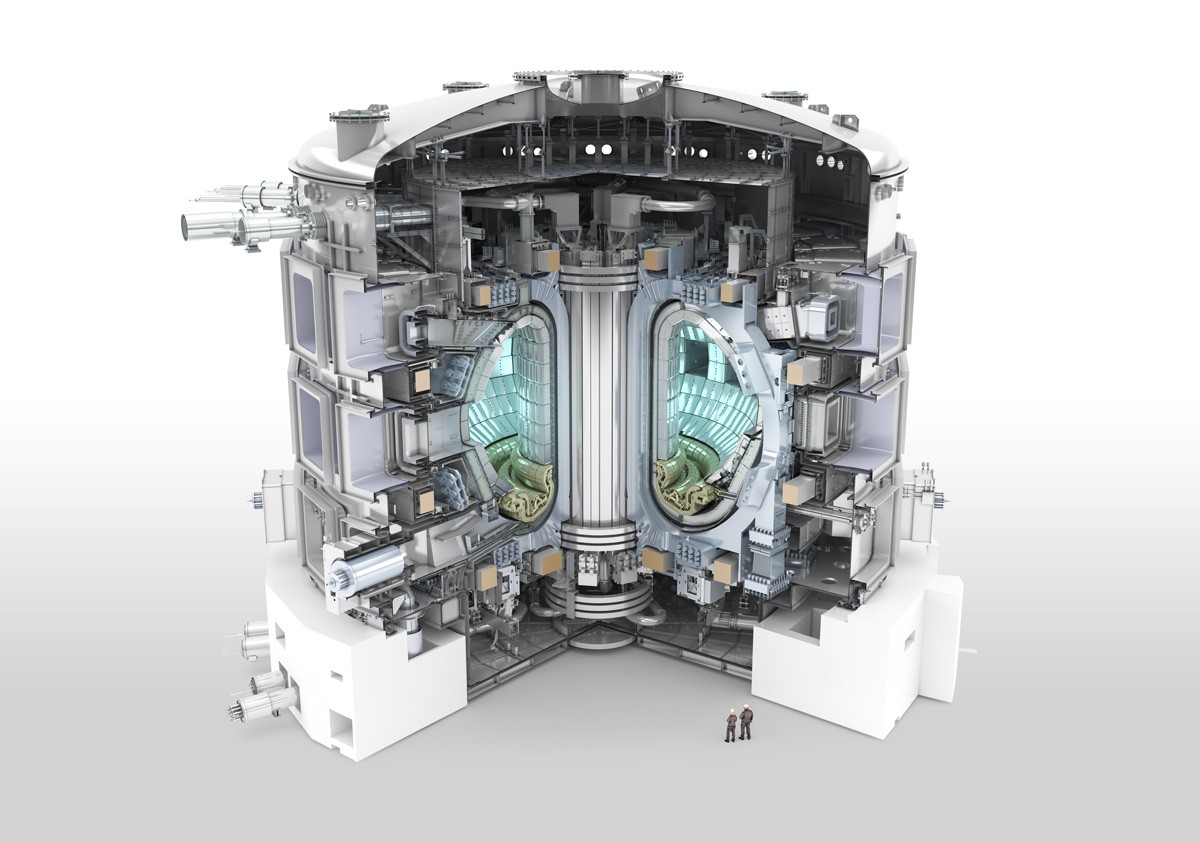Description
When fluids conduct electricity, they feel additional magnetic forces. These can drive flow (i.e., inject kinetic energy) but they can also inhibit it. In this project, we will investigate the magnetic relaxation problem, where a fluid is initialised in some non-trivial state, and relaxes to a lower-energy equilibrium, with no driving or forcing during the intervening evolution other than that coming from the fluid’s own magnetic field. Can we understand or predict this relaxed state?
Historically, much of the theory of magnetic relaxation has been developed for controlled thermonuclear fusion. Here, the goal is to find a stable equilibrium where the magnetic field can confine the hot plasma and stop it burning up the walls of the vessel. Relaxation theory was developed to model the rapid evolution when the machine is first switched on. At the same time, magnetic relaxation has also long been studied in astrophysics, for example to understand the equilibrium state of the Sun’s atmosphere.
 The ITER fusion device, under construction in France. The hot plasma will be contained in the giant toroidal chamber.
The ITER fusion device, under construction in France. The hot plasma will be contained in the giant toroidal chamber.
The project will begin by introducing the relevant modifications of the Navier-Stokes equations to add electrical conductivity. In particular, we need to introduce a new dependent variable: the magnetic field. You will then be able to explore how these equations have been used to model the relaxation process. An important mathematical aspect is to study invariant quantities that constrain the relaxed state. The “magnetic helicity” has long been known, but determining other such quantities remains an active area of research, including here at Durham.
Prerequisites
Fluid Mechanics III is essential. I would strongly suggest taking Topics in Applied Mathematics IV alongside this project. You could do some numerical computations in Python to illustrate the project, but this is not essential.
Resources
We will start by working through these lecture notes on Magnetohydrodynamic relaxation theory (published as a book chapter). This article by K. Moffatt gives an overview of magnetic helicity and its role in relaxation. Seminal papers include Woltjer (1958) and Taylor (1974). Textbooks with relevant background include Sturrock or Priest.